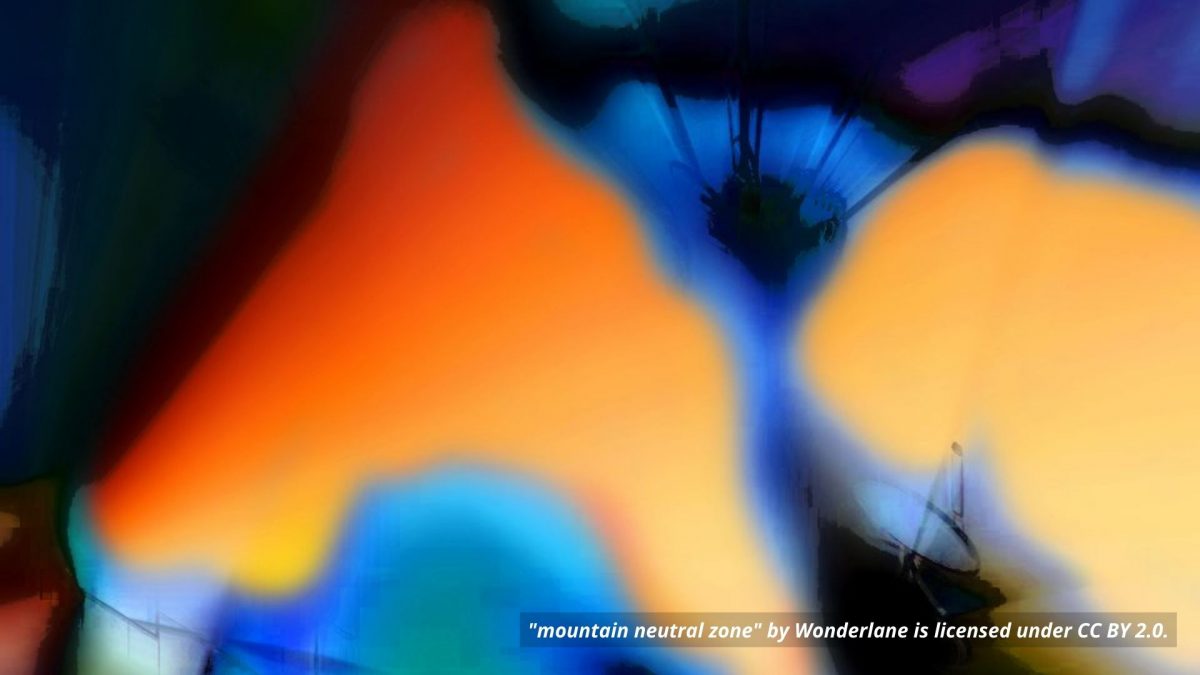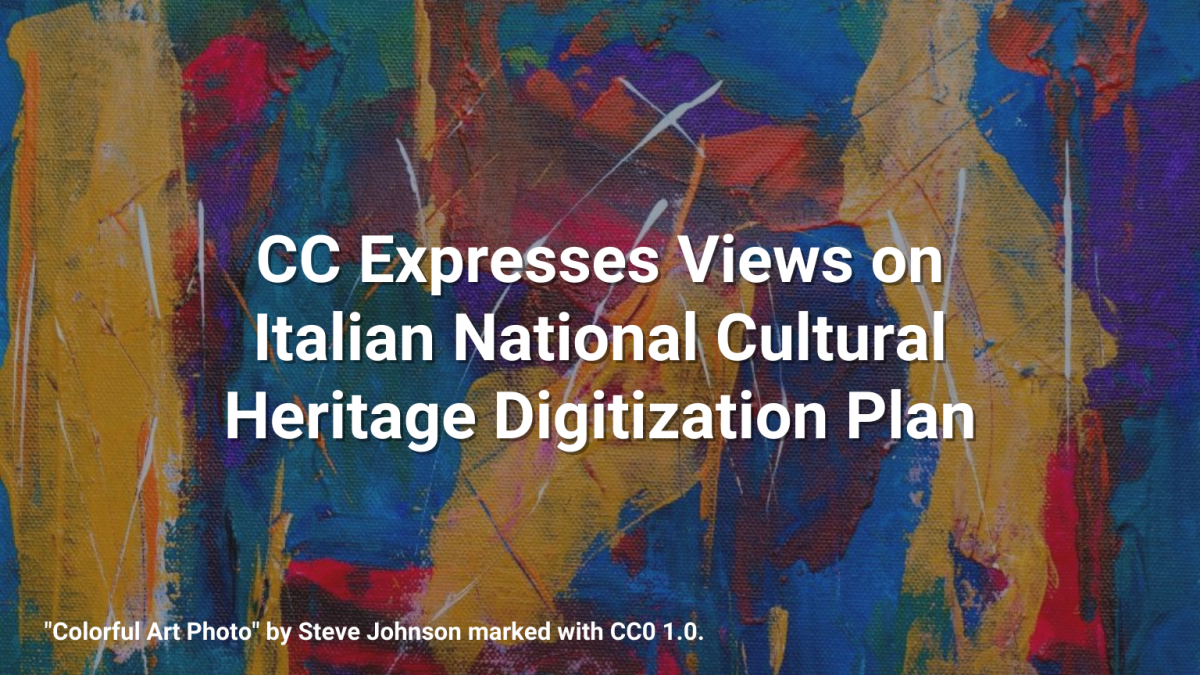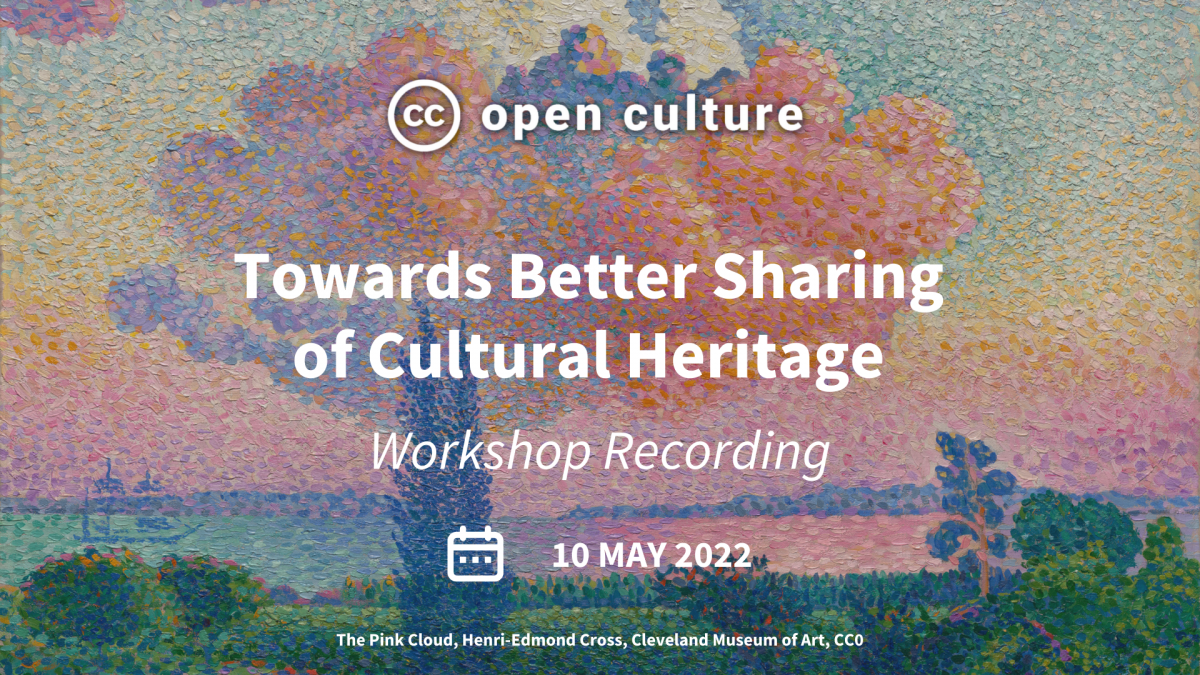Should novel output (such as music, artworks, poems, etc.) generated by artificial intelligence1(人工智能)受版权保护?虽然这个问题看起来很简单,但答案肯定不是。它汇集了关于“创造力”的技术、法律和哲学问题,以及机器是否可以被视为产生“原创”作品的“作者”。

In search of an answer, we ran an admittedly unscientificTwitter pollover five days in June. Interestingly, almost 70% of a total of 338 respondents indicated that novel outputs from an AI system belong in the public domain, while 20% weren’t sure. For example, one commentator said that “since an AI will (given the same inputs and the same model) produce the same output every time, it’s hard to argue it’s unique and creative,” another succinctly argued: “system-generated activities = no creative input, therefore, no copyright,” while another respondent noted that it “depends on the nature of the AI, and the source materials used…I don’t think you could make a blanket rule for all AI.”This question was also debated at the World Intellectual Property Organization’s (WIPO)Conversation on Intellectual Property and Artificial Intelligence (Second Session)2020年7月7日至9日举行。To share our general policy views on this topic from a global perspective, Creative Commons submitted awritten statementand made two oral interventions (hereandhere).
In this blog post, the first in a series on AI and creativity, we explore some of the fundamentals of copyright protection in an attempt to determine whether AI is capable of creating works eligible for copyright protection. In the second blog post, “Artificial Intelligence and Creativity: Can Machines Write Like Jane Austen?“we walk you through two practical examples of an AI system generating arguably novel content and apply copyright eligibility criteria to them. By doing so, we hope to shed light on some of the copyright issues arising around the nascent field of AI technology.
What works can benefit from copyright protection?
In order to determine what constitutes a creative work eligible for copyright protection, most national copyright regimes rely on the concepts ofauthorshipandoriginality等等。
The concept of authorship
一件作品要受到版权的保护,就需要“作者”的创造性参与。At the international level, the Berne Convention stipulates that “protection shall operate for the benefit of the author” (art 2.6), but doesn’t define “author.” Likewise, in the European Union (EU) copyright law,2there is no definition of “author” but case-law has established that only human creations are protected.3This premise is reflected in the national laws of countries of civil law tradition, such asFrance,Germany,andSpain, which state that works must bear the imprint of the author’s personality. As AI systems do not have a personality that they could imprint on what they produce, authorship is beyond limits for AI.

在普通法传统的国家(加拿大、英国、澳大利亚、新西兰、美国等),版权法遵循功利主义理论,根据该理论,为作品的创作提供激励和奖励,以换取公众的访问,作为社会福利。根据这一理论,个性并不是作者身份的核心,这表明可能为非人类作者敞开了一扇门。However, the 2016Monkey selfie casein the US determined that there could be no copyright in pictures taken by a monkey, precisely because the pictures were taken without any human intervention. In that same vein, the US Copyright Office considers that works created by animals are not entitled to registration; thus, a work must be authored by a human to be registrable. Though touted by some as a way around the problem, the USwork-for-hire doctrinealso falls short of providing a solution, for it still requires a human to have been hired to create a work, whose copyright is owned by their employer.
由于人工智能系统没有可以在其生产的产品上烙印的个性,所以对人工智能来说,作者身份是不受限制的。
Nevertheless, some countries (e.g. United Kingdom, Ireland, and New Zealand) do grant copyright-likeprotection to computer-generated works. TheUK Copyright Designs and Patents Act 1988, for example, creates a legal fiction for computer-generated works where there is no human author. Section 9(3) states that “the author shall be taken to be the person by whom the arrangements necessary for the creation of the work are undertaken.” An important nuance is that this provision assumes some form of creative intervention by a human and not autonomous, human-less generation by a computer program alone.
The originality requirement
Common law jurisdictions generally have a low threshold for originality, requiring only a minimal level of creativity or intellectual labor and independent creation for a work to be protectable. The word “originality” in that context refers to the author as being the “origin” of a work, rather than to any creativity standard.4Some other countries, likeBrazil, approach originality from the negative, and state that all works of the (human) mind that do not fall within the list of works that are expressly defined as “unprotected works” can be protected.
Under EU law and case-law, a work is original if it reflects the “author’s own intellectual creation,”5i.e. the expression of the author’s personal touch and the result of free and creative choices. In short, both EU and US law establish the need for the work to be the proximate (direct) causal result of human action. This implies that AI, as it is currently understood as intelligence completely implemented via computational means, cannot make free and creative choices on its own and that the concept of creativity is not applicable to machines.
Economics of AI-generated outputs: incentives, markets, and monopolies of exploitation

Leaving aside theories of copyright protection and the rather abstract concepts of authorship and originality (and the even more hypothetical issue of machines having a personality and owning intellectual property rights), the real question we should ask ourselves relates to the economic environment around AI-generated content. Is there any market for AI-generated content? Do people really want to listen toNirvana-esque algorithm-produced musicor Google’s Deep-mind AIpiano prowess, get immersed in the writings of a literary robot, or hang a computer-generatedRembrandt, anightmarish Van Gogh-reminiscent Starry Nightor a blurryportrait of a fictional aristocrat在他们的客厅里,更不用说还要付钱买这些东西了?如果是这样,人工智能生产的产品真的能与人类生产的艺术和文学作品作为替代品竞争吗?人工智能产生的数十亿产出比任何人类生产甚至消费的速度都要快,是否需要任何排他性(通过版权“垄断”剥削的方式在市场上人工授种)来避免市场失灵?
当然,人工智能技术的开发人员可能希望受到激励,投资于创新、研究和开发,以帮助解决世界上的问题,并使人工智能尽可能对社会有用。但对人工智能系统的“艺术”输出进行版权保护,并不是刺激这种发展的合适机制。不正当竞争和专利法(以及在一定程度上保护软件作为文学作品的现有版权法)更适合刺激创新,并确保AI技术发展的投资获得回报。
AI needs to be properly explored and understood before copyright or any intellectual property issues can be seriously considered.
All said, as much as AI has advanced in the past few years, there exists no clarity, let alone consensus, over how to define the nascent and uncharted field of AI technology. Any attempt at regulation is premature, especially through an already over-taxed copyright system that has been commandeered for purposes that extend well beyond its original intended purposes. AI needs to be properly explored and understood before copyright or any intellectual property issues can be seriously considered. That’s why AI-generated outputs should be in the public domain, at least pending a clearer understanding of this evolving technology.
In the second part of this series, “Artificial Intelligence and Creativity: Can Machines Write Like Jane Austen?” we look at two practical examples of an AI system generating “novel” content and apply the copyright eligibility criteria explained above.
Notes
1.“人工智能”目前还没有被广泛接受的定义。因此,我们一般地讨论这个问题,并严格地为了讨论的目的考虑,人工智能是智能,或智能的模拟,它是通过自动化机器(如数字计算机)实现的。
2.Information Society Directive, 2001/29/EC.
3.Case C-145/10, Eva-Maria Painer v Standard Verlags GmbH 1 December 2011, Court of Justice of the European Union (CJEU).
4.For US case law on the concept of originality, see Alfred Bell & co. v. Catalda Fine Arts, Inc. 191 F2nd, Baltimore Orioles Inc. v. Major League Baseball Players Association, 805 F2nd 663 (7th Cir. 1986) and Feist Publications, Inc. v. Rural Tel. Serv. Co., 499 US 340 (1991).
5.Council Directive2009/24/EC, Art 1(3), protection of computer programs as “the author’s own intellectual creation”; Database Directive96/9/EC, Art 3(1);Case C‐5/08, Infopaq, ECLI:EU:C:2009:465; Information Society Directive,2001/29/EC.
: Featured image is “Love Art Science 95” byKollage Kid, licensedCC BY-NC-SA 2.0.




